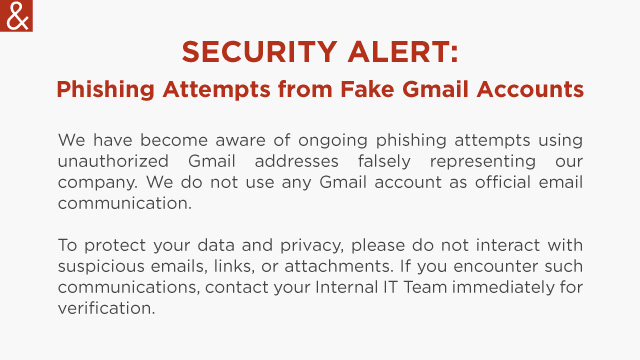Security Alert

The EU Pay Transparency Directive is set to transform workplace equality, requiring companies to disclose pay structures and address unjustified gender pay gaps. With mandatory reporting and transparency measures on the horizon, businesses must act now to ensure compliance and foster a culture of fairness. What do these changes mean in practice? Our employment law experts break it down.
Gender pay discrimination has been a persistent issue across the EU and globally. EU statistics reveal that in 2022, women earned, on average, 13% less than their male counterparts—a figure that has only decreased by 3% since 2014. While Greece stands below the EU average, at 10.4% (based on 2018 data), the need for further action to eliminate pay disparities is clear. The EU Pay Transparency Directive (the “Directive”) aims to address this concern and ensure fairness in pay.
A key provision of the Directive is the right of employees to request information on pay structures within their organization. This includes details on their individual and on average pay levels for categories of employees performing the same work or work of equal value. Employers will also be prohibited from asking about a candidate’s pay history and must provide salary ranges when advertising job vacancies or before job interviews.
The Directive also requires companies to explain the criteria used to determine pay levels and career progression, upon request. Starting in 2027, companies with at least 150 employees will need to report on gender pay gaps, with the requirement extending to companies with at least 100 employees by 2031. As regards smaller companies, national legislation shall determine whether they will be subject to the above requirement. If a gender pay gap of 5% or more is identified, and it cannot be justified by gender-neutral criteria or remedied within 6 months from submission of the report, companies must carry out a joint pay assessment with employee representatives.
Although the deadline for the transposition of the Directive by member states is June 7, 2026, it is advisable that employers begin reviewing their pay practices now. Proactive steps, such as raising awareness through training, can help avoid penalties and reputational damage.
Navigating these changes can be complex. If your organization needs guidance understanding the intricacies of the Pay Transparency Directive, please feel free to contact our employment law experts.